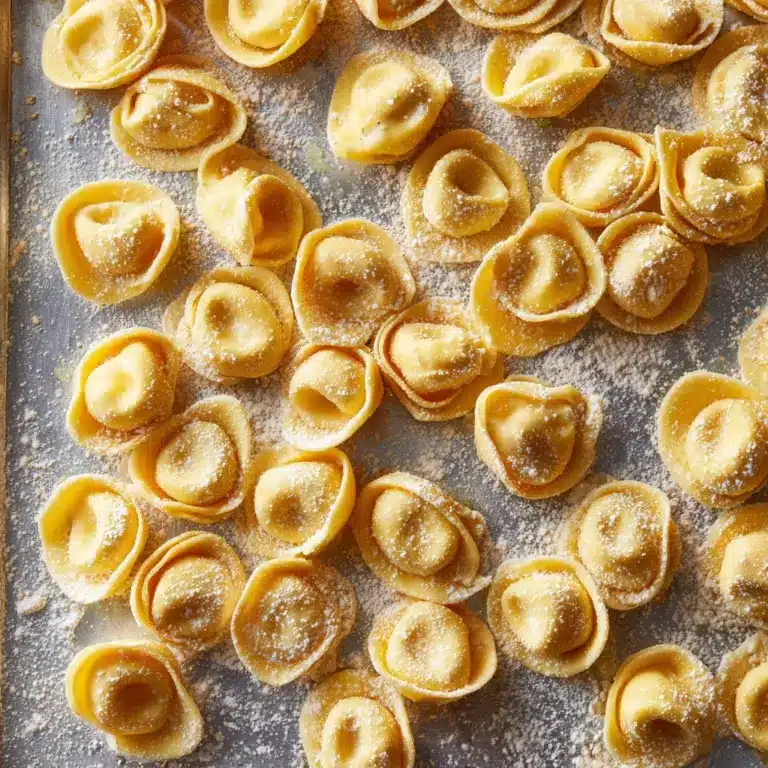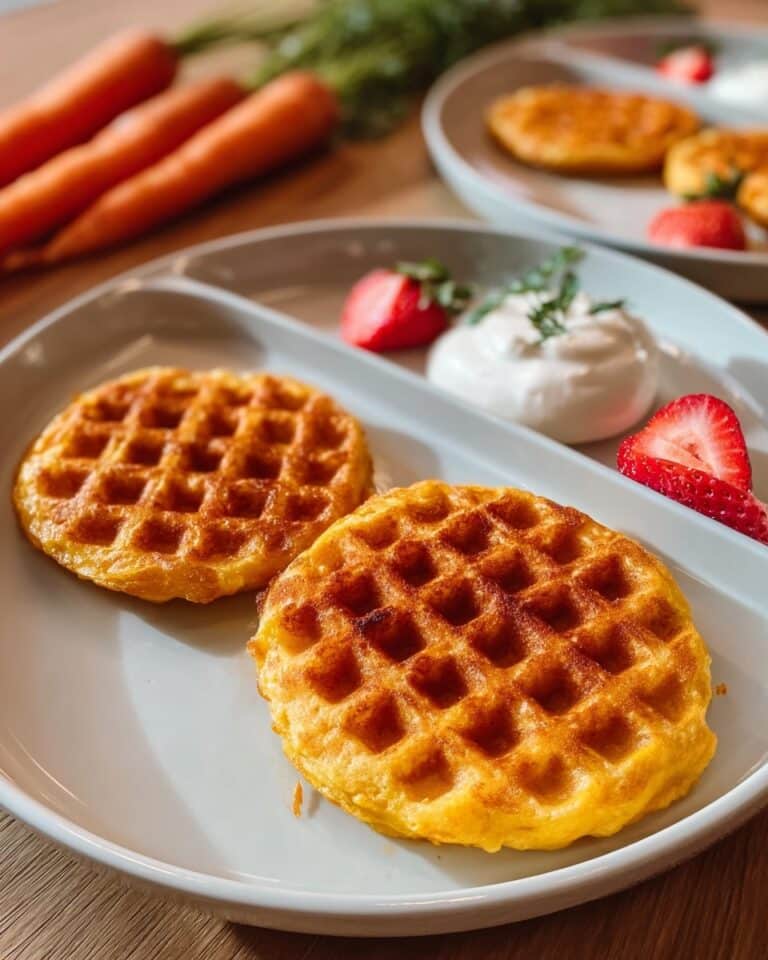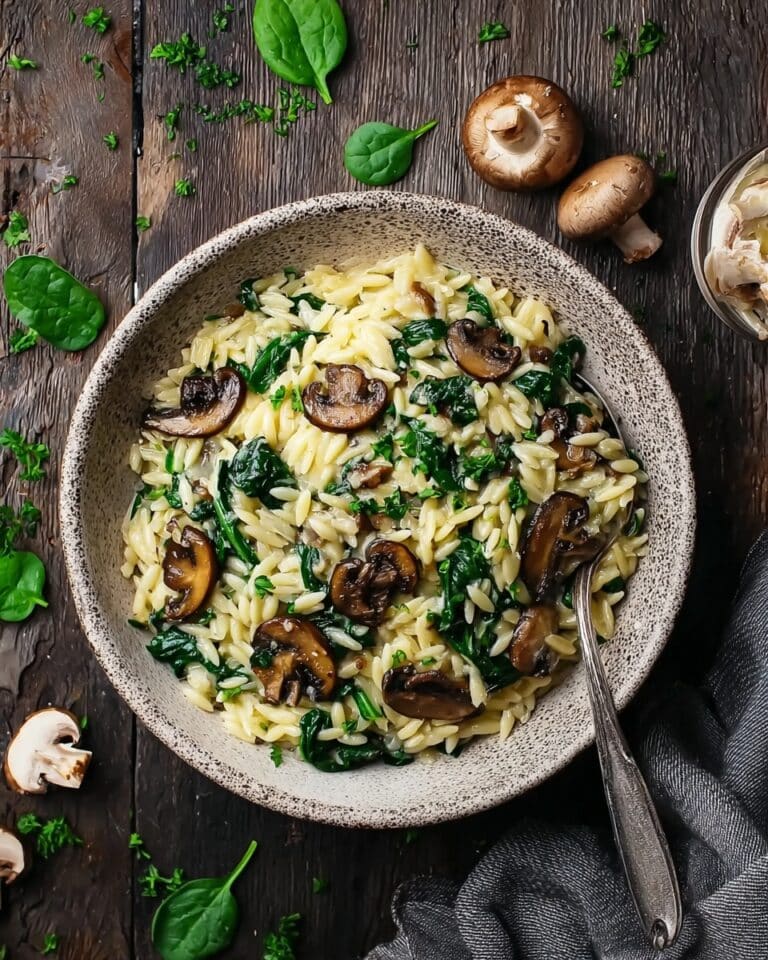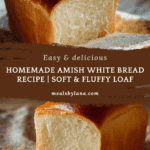Homemade Amish White Bread Recipe | Soft & Fluffy Loaf
There is something truly magical about homemade bread, and this Delicious Recipe for Amish White Bread captures that magic in every soft, fluffy slice. Originating from Amish communities with a history as warm as its crust, this bread perfectly blends simplicity and comfort into one unforgettable loaf. With just a handful of basic ingredients, you’ll create a loaf that is tender on the inside with a golden, crusty exterior—ready to become the star of your breakfast or the perfect partner to any meal.
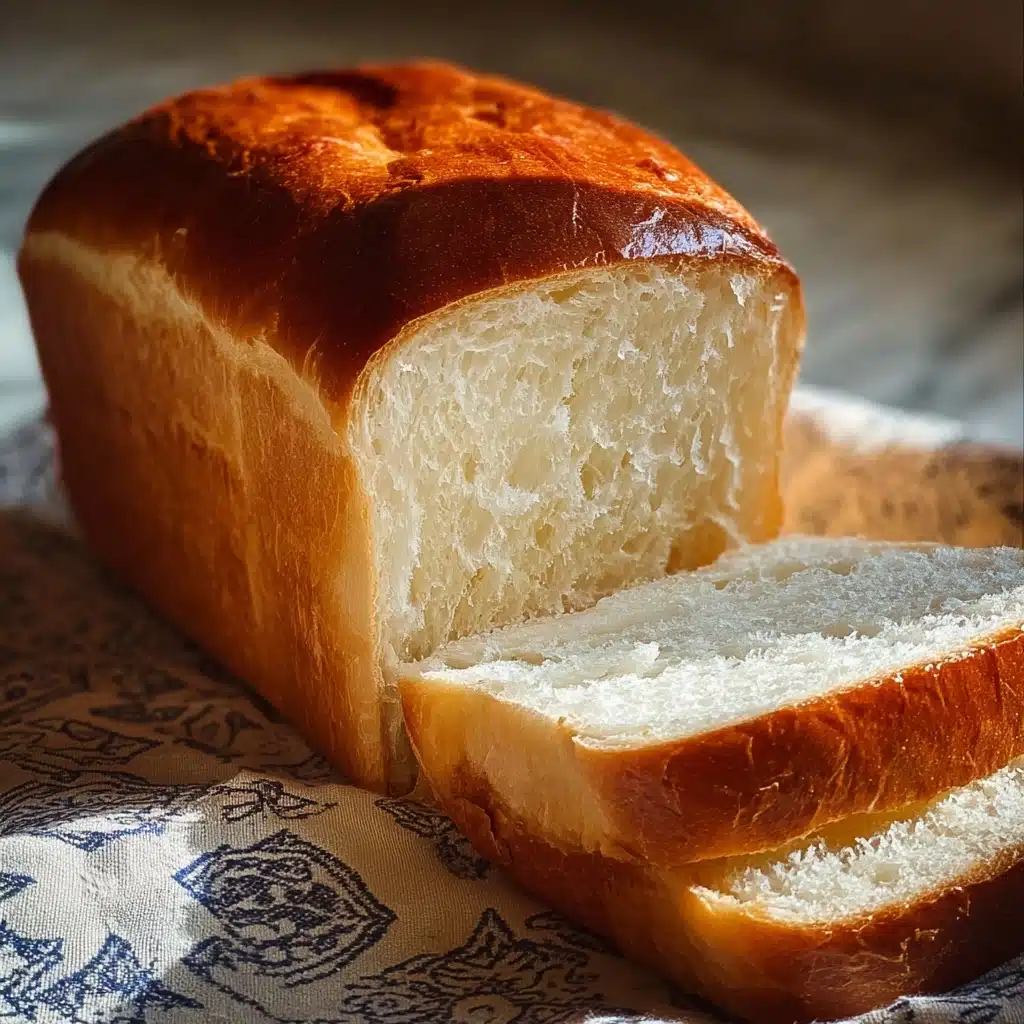
Ingredients You’ll Need
Amish White Bread relies on a small list of simple ingredients, each playing a vital role in shaping the bread’s texture, flavor, and appearance. These basics come together effortlessly to create a loaf that will fill your kitchen with that irresistible fresh-baked aroma.
- All-purpose flour: The foundation of the bread, providing the structure and body needed for a soft yet sturdy loaf.
- Sugar: Adds just the right touch of sweetness and helps feed the yeast for a perfect rise.
- Active dry yeast: The magical ingredient responsible for the bread’s airy texture and rise.
- Salt: Enhances the flavors and balances the sweetness, making every bite satisfying.
- Warm water (110°F/45°C): Activates the yeast to get the dough rising beautifully.
- Vegetable oil: Keeps the bread moist and tender, giving that soft crumb we all love.
How to Make Homemade Amish White Bread Recipe | Soft & Fluffy Loaf
Step 1: Activate the Yeast
Start by mixing warm water and sugar in a small bowl. Sprinkle the active dry yeast over the top and let it sit for about 5 to 10 minutes until it forms a frothy, bubbly surface—that’s your green light that the yeast is alive and ready to work its magic.
Step 2: Mix the Dry Ingredients
In a large bowl, combine 3 cups of all-purpose flour with the salt. Mixing these thoroughly at this stage helps distribute the flavors evenly throughout the dough.
Step 3: Combine Wet and Dry Ingredients
Pour the foamy yeast mixture and vegetable oil into the bowl with your dry ingredients. Stir gently to begin combining the elements into a soft dough.
Step 4: Knead the Dough
Add the remaining flour gradually while turning the dough onto a floured surface. Knead for about 8 to 10 minutes until the dough becomes smooth and elastic—this step is crucial to develop the gluten structure that gives Amish White Bread its tender yet chewy texture.
Step 5: First Rise
Place your dough in a greased bowl, cover it with a damp cloth, and let it rest in a warm spot until it doubles in size, usually about one hour. This fermentation stage fills the dough with those wonderful air pockets we associate with perfectly baked bread.
Step 6: Shape the Loaf
After the dough has risen, gently punch it down to release excess air. Shape it into a loaf and place it in a greased 9×5-inch loaf pan—the form this dough takes now will define the bread’s final look.
Step 7: Second Rise
Cover the loaf pan and allow the dough to rise again for 30 to 45 minutes, letting it puff above the rim. This final rise ensures a light, airy crumb once baked.
Step 8: Bake to Perfection
Preheat your oven to 350°F (175°C) and bake for 30 to 35 minutes. You’ll know the bread is done when the crust turns a gorgeous golden brown and it sounds hollow when you tap the bottom. A moment of patience here will reward you with bread that feels as good to hold as it tastes.
Step 9: Cool Before Slicing
Remove the bread from the pan and cool it on a wire rack. Cooling is key—cutting too soon can leave your bread gummy inside, but waiting lets the steam settle and the crumb finish perfectly.
How to Serve Homemade Amish White Bread Recipe | Soft & Fluffy Loaf
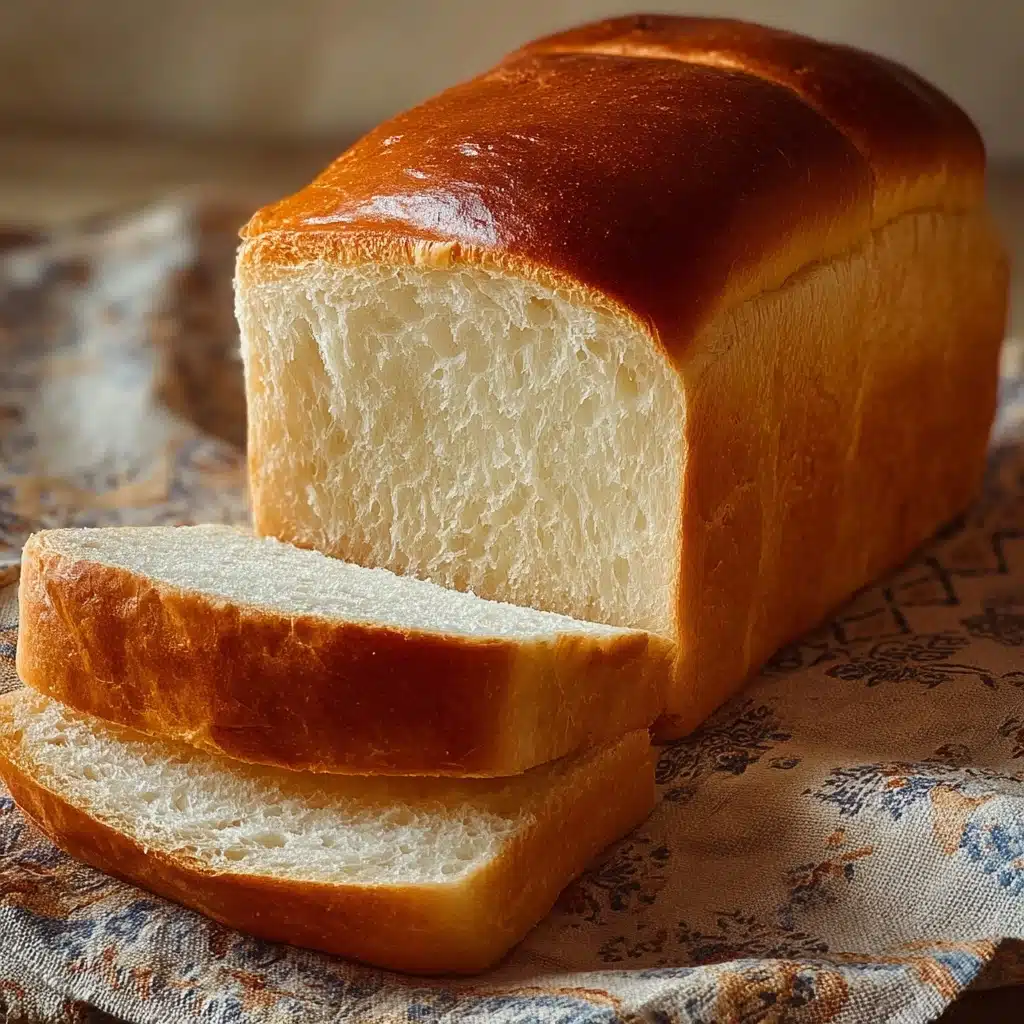
Garnishes
While Amish White Bread shines on its own, adding a simple pat of butter or a smear of homemade jam can take it to new heights. For a special touch, sprinkle with seeds like sesame or poppy before baking, or serve with a drizzle of honey for natural sweetness.
Side Dishes
Think soups, salads, and hearty stews—Amish White Bread makes an ideal side thanks to its perfect balance of soft and crusty. A classic tomato soup or a fresh garden salad pairs beautifully, creating comfort food that never gets old.
Creative Ways to Present
Try transforming slices into golden French toast for an indulgent breakfast delight or use the bread as a base for open-faced sandwiches loaded with fresh veggies and deli meats. Its sturdy texture holds up beautifully whether toasted or fresh.
Make Ahead and Storage
Storing Leftovers
If you have any leftovers, store the bread in an airtight container or resealable plastic bag at room temperature. It will stay fresh for about 5 to 7 days and can keep your mornings delicious without any added hassle.
Freezing
Slicing before freezing is a game changer! Wrap individual slices or the whole loaf tightly in plastic wrap and then place it in a freezer-safe bag to protect against freezer burn. Your delicious recipe can be enjoyed up to three months later without losing its charm.
Reheating
To bring your Amish White Bread back to life, simply thaw at room temperature, then toast lightly or warm in the oven. This step revives the crust’s crunch and restores the soft crumb inside—almost like fresh out of the oven again!
Delicious Recipe FAQs
Can I use bread flour instead of all-purpose flour?
Absolutely! Bread flour has a higher protein content which can result in a chewier texture. Amish White Bread made with bread flour will have an even stronger structure but maintain its softness, making it a perfect alternative.
How do I know if my yeast is still active?
Proofing your yeast by mixing it with warm water and sugar will tell you immediately. If the mixture doesn’t become frothy within 10 minutes, it’s time to grab fresh yeast to ensure your bread rises beautifully.
Can I substitute vegetable oil with butter?
Yes, melted butter can be used instead of vegetable oil for a richer flavor. Just make sure it’s cooled slightly to avoid killing the yeast during mixing.
Why is kneading so important in this Delicious Recipe?
Kneading develops the gluten network in the dough, giving the bread its characteristic soft but structured crumb. Skipping this step or rushing it can lead to dense loaves, so take the time to knead thoroughly!
Is it necessary to let the dough rise twice?
Yes, both rises play distinct roles: the first allows the yeast to ferment and increase volume, while the second rise improves the bread’s texture and final shape. Omitting either can impact how light and fluffy the finished bread is.
Final Thoughts
Baking Amish White Bread is more than just following a recipe; it’s about creating moments of joy that fill your home with warmth and delicious aromas. This Delicious Recipe proves that simple ingredients combined with a little love can become a treasured homemade staple. So gather your ingredients, enjoy the kneading, and get ready to share this beautiful bread with family and friends—it’s a slice of comfort you’ll want again and again.
Print
Homemade Amish White Bread Recipe | Soft & Fluffy Loaf
- Total Time: 3 hours
- Yield: 1 loaf (about 12 slices) 1x
- Diet: Vegetarian
Description
Amish White Bread is a classic, soft, and fluffy homemade bread known for its crusty exterior and tender, pillowy interior. Rooted in Amish Pennsylvania tradition, this simple, cost-effective recipe uses staple ingredients to create a heartwarming loaf perfect for sandwiches, toast, or as a comforting side dish. With minimal hands-on time and about three hours total, it’s an ideal project for both beginner and experienced bakers seeking a taste of rustic homemade goodness.
Ingredients
Main Ingredients
- 4 cups all-purpose flour
- 2 tablespoons sugar
- 1 packet (2 1/4 teaspoons) active dry yeast
- 1 1/2 teaspoons salt
- 1 1/2 cups warm water (110°F/45°C)
- 2 tablespoons vegetable oil
Instructions
- Activate the Yeast: In a small bowl, combine the warm water and sugar. Sprinkle the yeast on top and let it sit for 5-10 minutes until frothy, indicating the yeast is active.
- Mix Dry Ingredients: In a large mixing bowl, whisk together 3 cups of the flour and the salt until well combined.
- Combine Wet and Dry Ingredients: Pour the frothy yeast mixture and vegetable oil into the dry ingredients. Stir gently to combine into a sticky dough.
- Knead the Dough: Gradually add the remaining flour while kneading. Once the dough starts to hold together, transfer to a floured surface and knead for 8-10 minutes until smooth, elastic, and soft.
- First Rise: Place the dough in a greased bowl, cover with a damp cloth, and let it rise in a warm place for about 1 hour, or until it doubles in size.
- Shape the Loaf: Punch down the risen dough, turn it onto a floured surface, and shape into a loaf. Place the shaped dough into a greased 9×5-inch loaf pan.
- Second Rise: Cover the loaf again and let it rise for 30-45 minutes until the dough rises slightly above the rim of the pan.
- Bake: Preheat your oven to 350°F (175°C). Bake the bread for 30-35 minutes until golden brown and the loaf sounds hollow when tapped on the bottom.
- Cool: Remove the bread from the pan and cool completely on a wire rack before slicing for best texture and flavor.
Notes
- Use warm water (around 110°F/45°C); water that is too hot can kill the yeast, while too cold water will not activate it.
- Kneading is essential to develop gluten, which gives the bread its chewy texture.
- Store leftover bread in an airtight container at room temperature for up to one week.
- For long-term storage, slice and freeze the bread in a freezer-safe bag for up to three months.
- To refresh frozen bread, thaw at room temperature or toast directly.
- Prep Time: 20 minutes
- Cook Time: 30-35 minutes
- Category: Bread
- Method: Baking
- Cuisine: American, Amish
Nutrition
- Serving Size: 1 slice (about 56g)
- Calories: 150
- Sugar: 2 g
- Sodium: 250 mg
- Fat: 2.5 g
- Saturated Fat: 0.3 g
- Unsaturated Fat: 2 g
- Trans Fat: 0 g
- Carbohydrates: 28 g
- Fiber: 1 g
- Protein: 4 g
- Cholesterol: 0 mg
Keywords: Amish White Bread, homemade bread, soft bread, fluffy bread, easy bread recipe, yeast bread, classic bread, simple bread, baking bread


